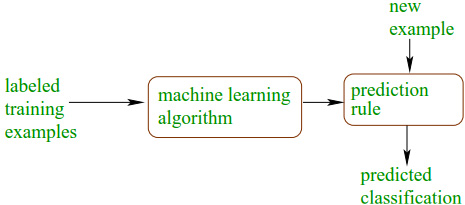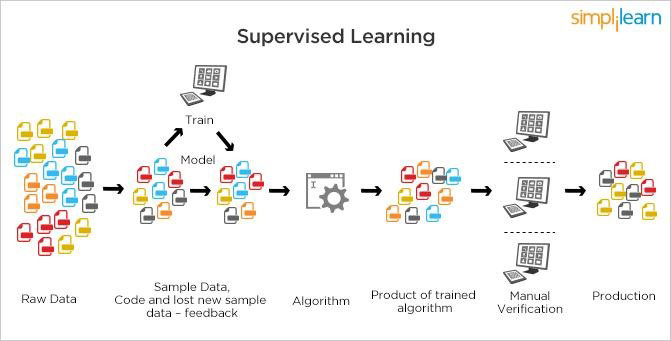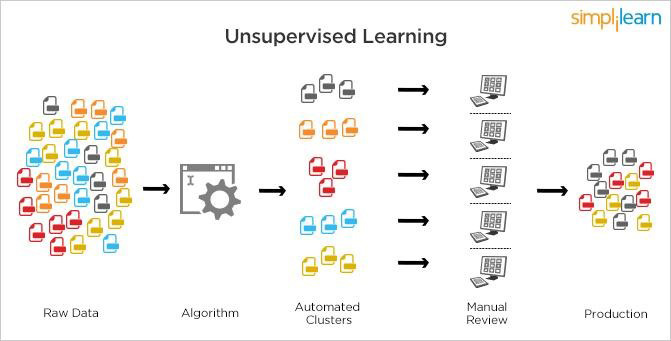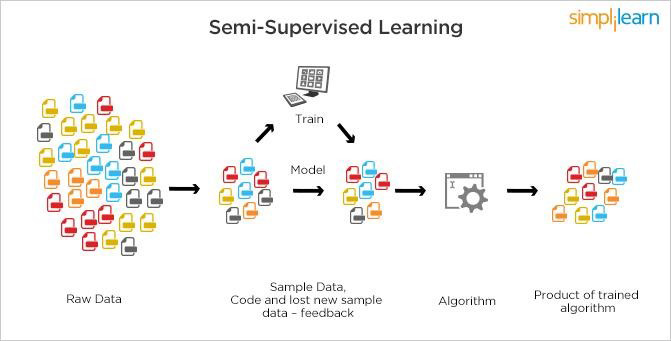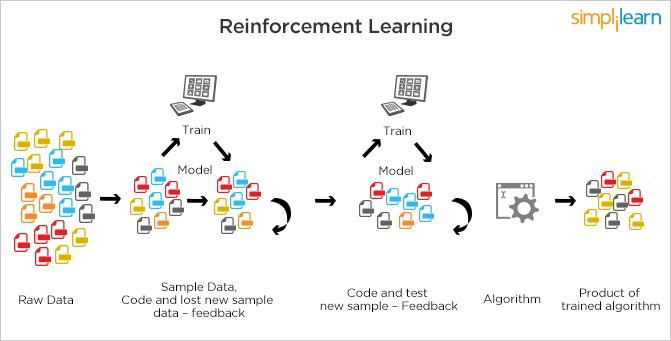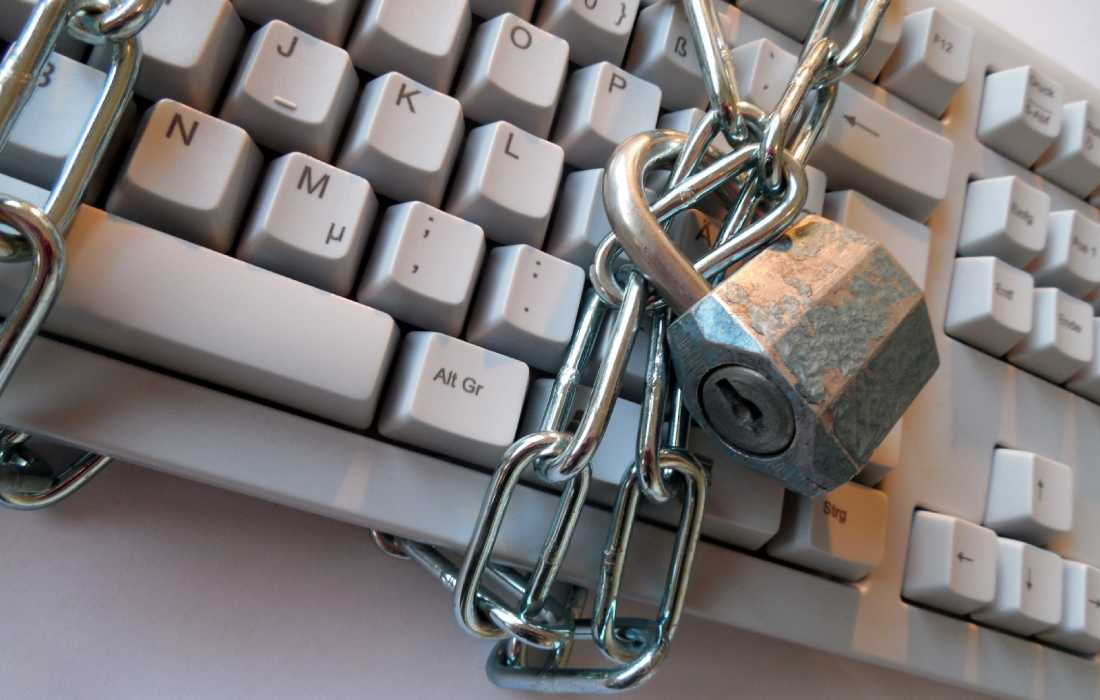In recent years, one IT trend after another has emerged. Terms like “Big Data,” “Internet of Things,” “3D Printing” and “Virtualization” are everywhere these days. Now there is a new IT hype to add to that list: Advanced Machine Learning, a term that may be unfamiliar to some. After reading this article, this will no longer be the case.
What is advanced machine learning?
Advanced Machine Learning builds on Machine Learning; a term that has been around a bit longer. Machine Learning (literally, machine learning or automatic learning) allows computers to find certain information without being programmed to do so. This involves the use of algorithms that learn from data by repeating it over and over again. Computers thereby learn from themselves. Alan Turing, a well-known mathematician and computer scientist, already questioned whether machines could think in his article “Computing Machinery and Intelligence” in 1950. In 1977, Tom M. Mitchell (also a well-known computer scientist) reformulated the question “Can machines think?” into “Can machines do what we (as thinking entities) can do?” Consequently, he gives the following definition to Machine Learning: “A computer program is said to learn from experience E with respect to some class of tasks T and performance measure P if its performance at tasks in T, as measured by P, improves with experience E.”
Despite the long history of Machine Learning, the concept has only recently become really well-known, and is now sometimes known as Advanced Machine Learning. The concept remains the same, but is now applied to the vast data streams of Big Data and the gigantic computing power of today. The power behind Machine Learning is its iterative aspect: the continuous repetition of computations by the computer, recognizing certain patterns and then having the ability to adjust itself independently. Thus, based on accumulated experience, computers can automatically improve themselves. So this is not the same as data mining, for example. Where data mining previously discovered unknown patterns and knowledge, Machine Learning is used to repeat patterns and knowledge on data other than from where the patterns were developed, and then use those results again.
But what can you do with Advanced Machine Learning? The concept is already being applied in more aspects than you might think. Some examples in which Machine Learning is applied include:
- Facial recognition on images
- Online recommendation mechanisms (e.g., “people you may know”)
- Self-driving cars
- Recognizing topics (categorizing news articles by politics, sports, entertainment, etc.)
- Spam filtering
- Fraud detection
- Customer segmentation (whether or not a particular target group would respond to an ad)
In all these examples, repetition is used to recognize patterns, which then allows the computer to recognize faces independently, for example, because the computer recognizes certain patterns in the image and then designates them as faces.
How does machine learning work?
The operation of Machine Learning actually consists of two phases. The first phase is the learning phase, where different ways of learning are applied to a so-called “training dataset,” in order to then make predictions in the second phase that validate the algorithm. Simply put, the process looks like this:
Machine Learning has several ways of learning. The four most commonly used will be briefly discussed. The figures shown are from this source.
- Supervised Learning – this type of learning is possible when inputs and outputs are clearly defined and labeled. Based on these labels, the computer learns how the properties of certain inputs determine the outputs. This is then converted into a particular algorithm, allowing the computer to repeat this pattern independently on new – unlabeled – inputs and thus generate the correct outputs itself. Supervised learning is most appropriate when predicting future trends on historical data. Examples of supervised learning include classification and regression.
- Unsupervised Learning – this way of learning does not include pre-labeled inputs and outputs, and thus no historical data. So the computer has to discover for itself a certain structure from the given inputs and outputs to base an algorithm on. For example, the computer can do this by dividing the input into groups of elements that share certain properties, as in k-means cluster analysis. This way of learning is often used in online recommendations.
- Semi-supervised Learning – as the name suggests, this way of learning is a combination of the above ways. Both labeled and unlabeled data is used here; often a large portion of unlabeled data with a small portion of labeled data, because unlabeled data is a lot easier to obtain. This way of learning is often applied to voice and face recognition.
- Reinforcement Learning – this type of learning creates an algorithm based on trial and error, looking at which actions lead to a better result. An example is a genetic algorithm.
What does the future look like with Advanced Machine Learning?
A report by Mckinsey states, “As ever more of the analog world gets digitized, our ability to learn from data by developing and testing algorithms will only become more important for what are now seeing nas traditional businesses. […] Continuous (and often automatic) experimentation will improve the way we optimize business processes in our organizations.” With the tremendous growth of data and constantly evolving technologies, the demand for Machine Learning techniques is increasing, as Machine Learning makes it possible to quickly and automatically create models that can analyze larger, more complex data sets. SAS describes the result of Machine Learning as follows: “High-value predictions that can guide better decisions and smart actions in real time without human intervention.” Therefore, it is safe to conclude that Machine Learning has replaced the traditional way of statistical analysis, and the importance of Machine Learning in our data-driven world will continue to grow in the coming years.


